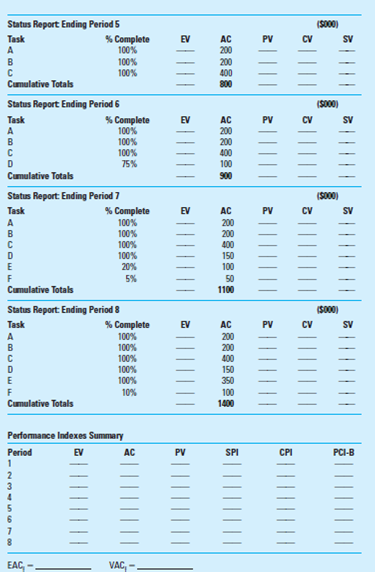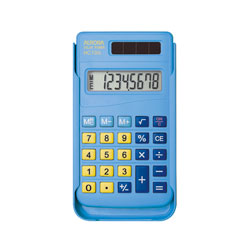
You can migrate a provisioned aurora cluster to Serverless and vice versa by introducing a “Serverless” or “provisioned” Replica on to the existing cluster, promote the replica as “writer” instance through failover process.
#Aurora capacity unit calculator how to#
How to migrate between provisioned and serverless Aurora You can view your Aurora Serverless v2 DB instances in CloudWatch to monitor the capacity consumed by each DB instance with the ServerlessDatabaseCapacity and ACUUtilization metrics.Īs the price of AWS Aurora Serverless is higher than the provisioned capacity, it is essential re-validate the serverless option by those metrics. It is imperative to understand the capacity scales to relook the judgment of serverless or provisioned Aurora cluster and make conversion if necessary. ĪWS takes care of scaling of the Aurora capacity behind the hoods and always ensure the capacity demands are satisfied. Kindly go through this AWS documentation on guidelines for selecting minimum and maximum ACUs. Size your minimum and maximum requirements.Īlthough it is highly benefitted to consider the permissible minimum ACU (0.5) as the minimum capacity, it will have challenges in terms of scaling the capacity. You can scale from 0.5 ACU to 128 ACUs in the increment of 0.5 ACU units. The capacity is defined at Aurora Capacity Unit (ACU), where each ACU is approximately 2 gibibytes (GiB) of memory, corresponding CPU, and networking. Thus, the total capacity of your Aurora Serverless v2 cluster depends on both the capacity range that you defined for your DB cluster and the number of writers and readers in the cluster. Each Aurora Serverless v2 writer and reader can scale between the minimum and maximum capacity values. You can also have mix of reader and writer aurora instances, i.e., provisioned writer and Aurora Serverless v2 readers or vice versa. With Aurora Serverless v2, your cluster can contain readers in addition to the writer. How Aurora Serverless Scales the CapacityĪWS scales the compute capacity of Reader and writer independently based on the dynamic resource demand. The below table provides few common use cases

Selection Criteria Between Serverless and Provisioned Once the deployment is complete, you can connect the Aurora Serverless DB cluster using DB Endpoint provided, you get dedicated endpoints for reader and The below screen shot marks the reader and writer endpoint details from the Aurora DB cluster. The following diagram shows the configuration window of Aurora serverless service You can start Serverless Aurora cluster just by giving few details such asġ) MySQL/ PostgreSQL -Compatible Database engine editionĢ) Database Engine version (Please note: - Since, not all MySQL and PostgreSQL version are compatible, selecting older version (for e.g.,- MySQL 5.7) will grayed out “Serverless” option.ģ) Select the minimum and maximum Aurora Capacity Unit (ACU). This scaling adjusts the compute (memory and related CPU) of the Aurora DB cluster in contrast to the Read-only node auto scaling option available in Aurora provisioned DB cluster.Īligning to the context of this blog, the major advantage of Aurora serverless DB instances are scalability, cost efficiency and minimal operational overhead. Whereas for serverless, you define the minimum and maximum compute requirement for your cluster, AWS monitors the usage demand and adjusts the compute capacity dynamically. You need to plan your compute requirement and configure while spin up, although you have an option to scale up/down manually the capacity as and when capacity demand increases/decreases. A provisioned capacity cluster is the DB instance with preconfigured CPU, Memory and Storage IOPS for your database. You can configure an Aurora DB as Provisioned (Defined Capacity) or serverless while you spin up the cluster. Serverless And Provisioned Capacity Aurora Cluster This blog is intended to give you serverless adoption use cases, that help you to select the right database capacity model for your database.

The serverless adoption had scaled from non-production to product ready with the new V2 version. Refer, Serverless V2 to know details about this version. The suit of features improved multi fold when Serverless capabilities introduced for Aurora and substantial improvement happened in Serverless v2. It has the capabilities like Aurora Global Database, Deep integration with most AWS services, custom reader endpoints, 15 replicas, Highest availability (99.99%) in managed SQL instances family, granular point in time recovery, cross regional replication with latency typically under a second.


It provides enterprise grade capabilities and availabilities thus can be called as True Cloud Database. The AWS Aurora is a managed database offering by AWS.


 0 kommentar(er)
0 kommentar(er)
